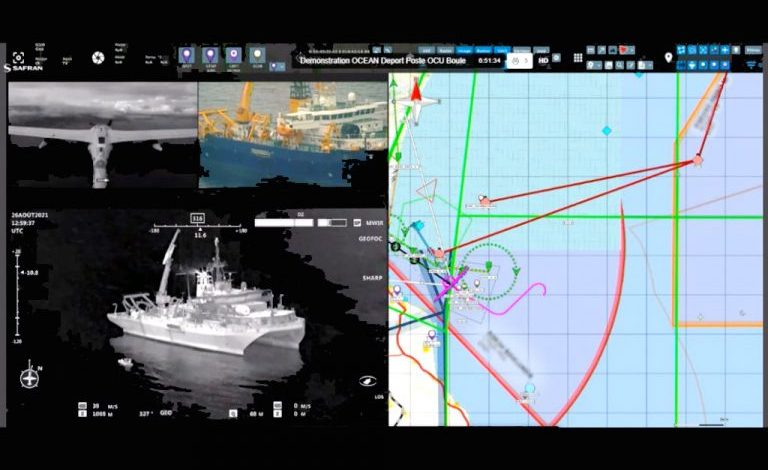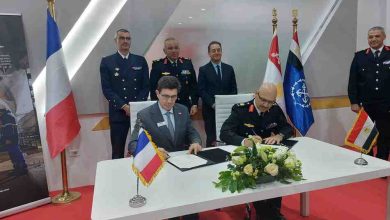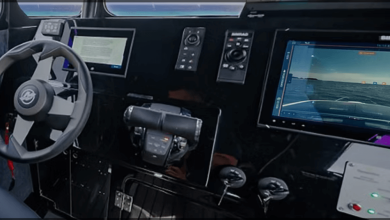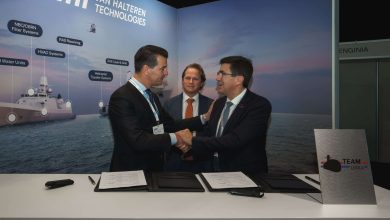
Safran’s Maritime Patroller Drone Shines in European OCEAN2020 Project’s Grand Finale
The maritime reconnaissance variant of Safran’s Patroller drone has demonstrated its capability to satisfy the maritime surveillance requirements of navies or European maritime observation organizations, as part of the European initiative OCEAN2020. This initiative is financed by the European Commission under the framework of the European Defense Agency’s preparatory defense research action contract (PADR: Action Préparatoire de Recherche de Défense). The project included naval drills held in the Baltic Sea at the end of August, uniting 18 collaborators, comprising five navies, for the ultimate OCEAN2020 exhibition. It was crafted to illustrate that the integrated employment of drones functioning across diverse maritime contexts (air, surface, underwater) would afford command centers superior insights into the tactical landscape.
The Patroller drone demonstrated its interoperability during the showcase, incorporating the real-time relay of data from its sensors (radar tactical summary, multispectral footage) to the tactical operations hub (located at a Swedish army evaluation center in Ravlunda) and to the Maritime Operations Center (MOC) command post in Brussels at the European Defense Agency facilities.
Engineered and manufactured in France by Safran Electronics & Defense, the Patroller boasts a modular design that permits it to accommodate a high-performance multisensor intelligence payload, suitable for various mission types. For the OCEAN2020 exhibition, Safran Electronics & Defense equipped the Patroller with the Osprey multimode radar developed by Leonardo and its proprietary Euroflir™410 optronic (electro-optical) system.
The drone was launched from Kristianstad airport in southern Sweden and took part in the two naval scenarios arranged as part of the OCEAN2020 exhibition. The initial scenario dealt with underwater missions, while the latter concentrated on surface drills involving multiple ships at different phases of engagement. Due to its dispatch dependability and outstanding sensors, the Patroller made a notable impact on the exhibition by covering all stages in the surface scenario. It leveraged the various capabilities of its multi-sensor payload to detect and monitor, at extended ranges, high-velocity combat vessels, courtesy of its radar, and subsequently identify them utilizing its optronic sensors. The Patroller also delivered high-definition observation of numerous operations, including convoy assault scenarios and the boarding of a suspicious craft by Lithuanian special forces.
Over the course of the program in Sweden, which included initial assessments, rehearsals, and demonstrations, the Patroller completed a total of 19 flights in its dual maritime radar/optronics configuration over the Baltic Sea. Its performance during these evaluations, alongside tests in Finland using the tactical drone system variant, unequivocally validated its adaptability.







